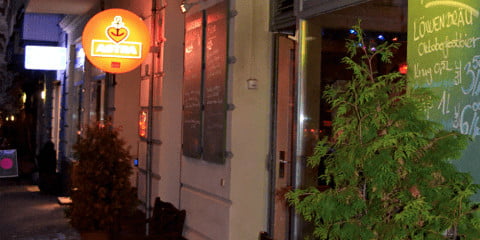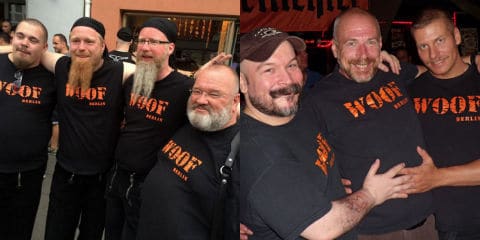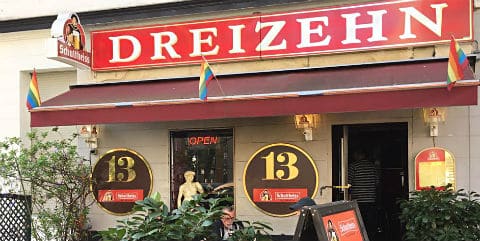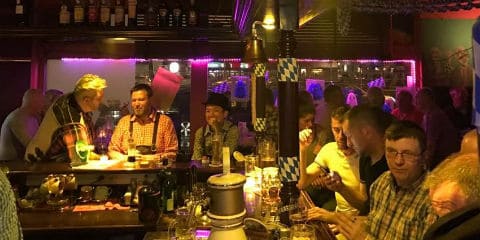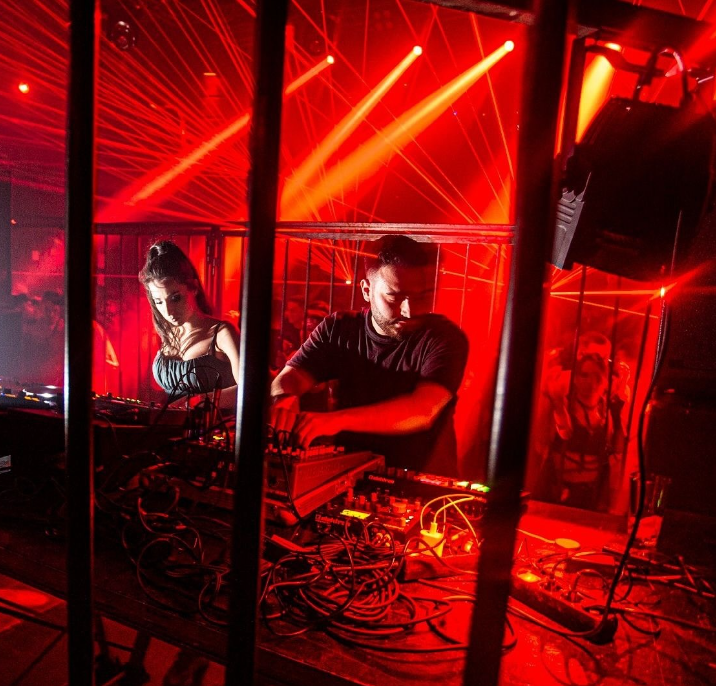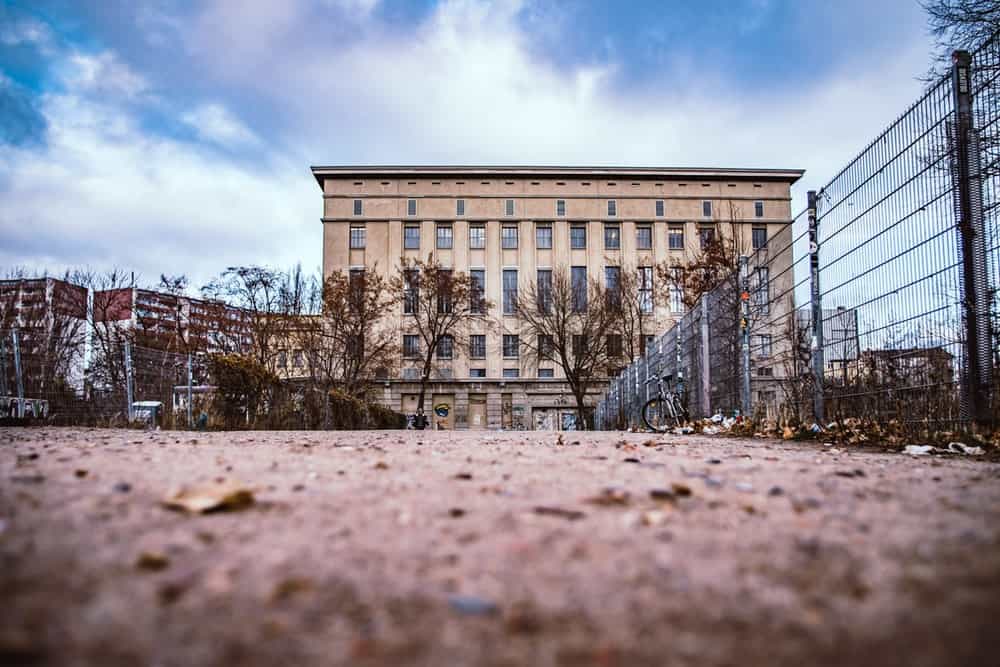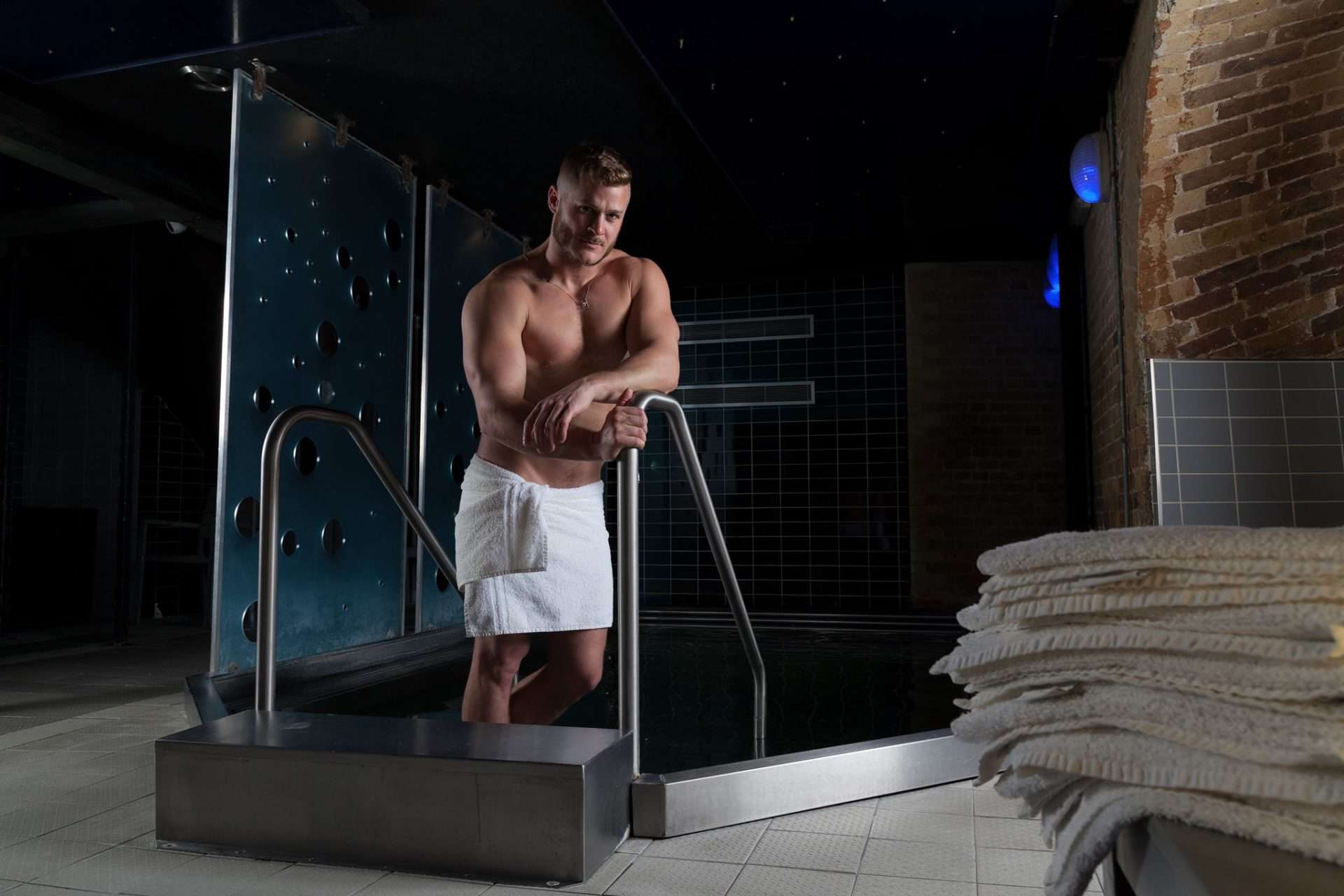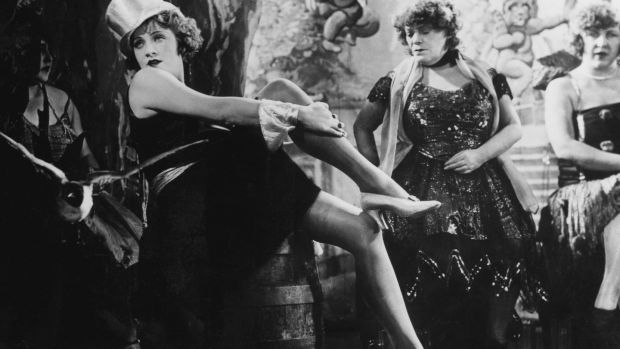
A gay history tour of Weimar Berlin
Life is a Cabaret, old chum
The Weimar period lasted from 1918 to 1933. Following Germany’s defeat in WW1, the Kaiser abdicated and Germany was forced to take full responsibility for the war. The financial burden led to hyperinflation, as you’ll no doubt recall from school. In spite of political and economic chaos, German culture flourished during the Roaring Twenties.
The culture of the Weimar calls to mind smoke-filled cabarets, Bauhaus architecture, groundbreaking movies and the world’s first fully-fledged, visible gay scene. Berlin was, quite simple, awash with gay bars during the Weimar era. It was a decadent time in which social and sexual experimentation were the order of the day.
Goodbye To Berlin by Christopher Isherwood, later adapted for the screen as Cabaret, captures the kinetic energy of Weimar Berlin. Berlin was the most liberal city in the world. Sadly, life was not a cabaret - the song is supposed to be ironic, you see. The rise of Hitler in 1933 brought the Weimar era to an end, and Germany’s darkest chapter began.
Today Berlin is considered to be the most liberal city in Europe and arguably the world. It’s certainly the queerest of cities. The spirit of the Weimar era survived beyond the Nazi era and it flourishes to this day. If there was no Weimar there’d be no Berghain.
Think of Marlene Dietrich in the Blue Angel singing Falling In Love Again, or Liza belting out Money Money Money. That’s Weimar culture. Smart, ironic, fatalistic and almost impossibly chic. It’s that spirit that draws many of us to Berlin. That combination of high culture and wild hedonism. So, can you still see traces of the Weimar era in Berlin today? You most certainly can, Mein Herr. Here’s our guide to Weimar Realness in Berlin.
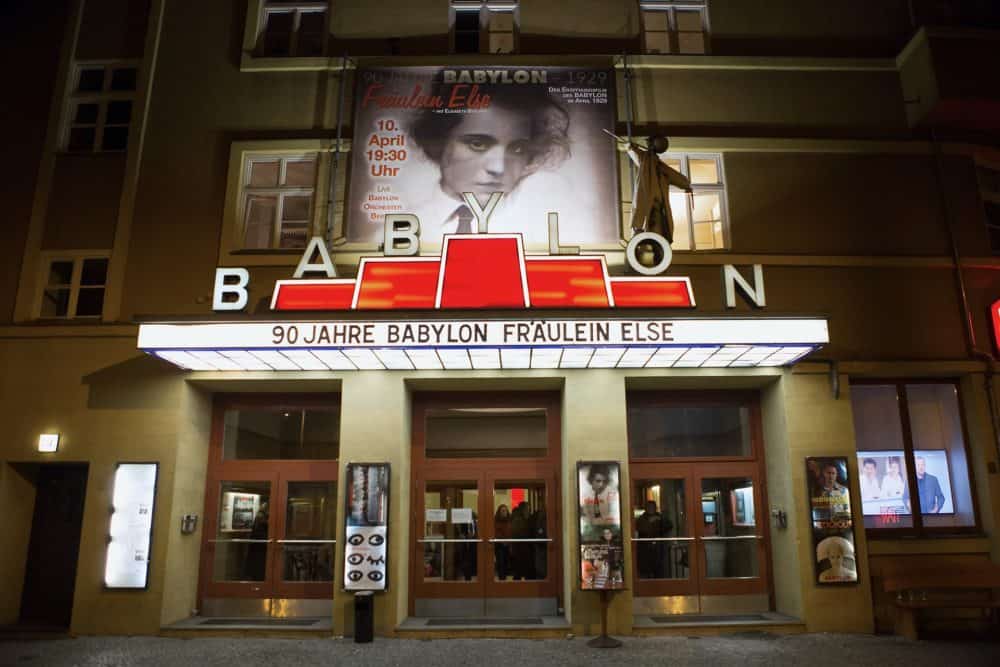
Babylon Cinema
Cinema flourished in the Weimar era. Think of Fritz Lang’s Metropolis, Das Cabinet des Dr Caligari and Marlene Dietrich’s collaborations with Josef Von Sternberg. Greta Garbo even decamped to Weimar Berlin to make German films before moving to Hollywood. For a brief period, German cinema was the most culturally significant, before it was eclipsed by American cinema.
Visit the Babylon Cinema near Rosa-Luxemburg-Platz. It opened in 1929 at the height of the Weimar era. The neon sign above the entrance transports you back to 1920s Berlin.
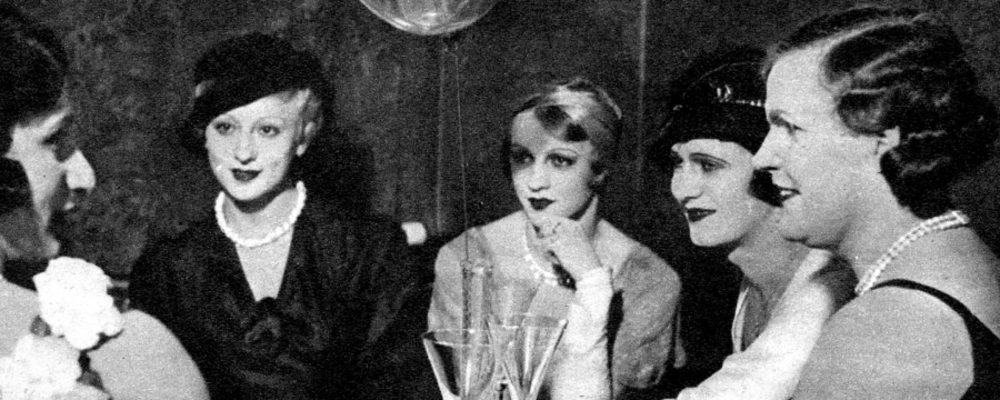
Gay bars in Weimar Berlin
It’s estimated that there were over 100 gay bars and clubs in Weimar Berlin. There were many drag queens - maybe more than you'll find in New York today. With so many cabarets, it was a great time for the performing arts. Drag queens had countless venues in which to hone their craft. Gay and lesbian media also flourished. There were many journals dedicated to the gay scene. The Jewish physician Magnus Hirschfeld led one of the first gay civil rights movements. No city would have such a dynamic gay scene until San Francisco in the 1970s. The Weimar gay scene is a reminder that civil rights can be won and lost.
All of the Weimar gay clubs were closed during the Nazi period. You can catch a glimpse of a Weimar gay club at the Eldorado Berlin. The Eldorado is now a supermarket. However, the spirit of the Eldorado lives on. It’s located on Schoneberg, the heart of today’s gay scene in Berlin.
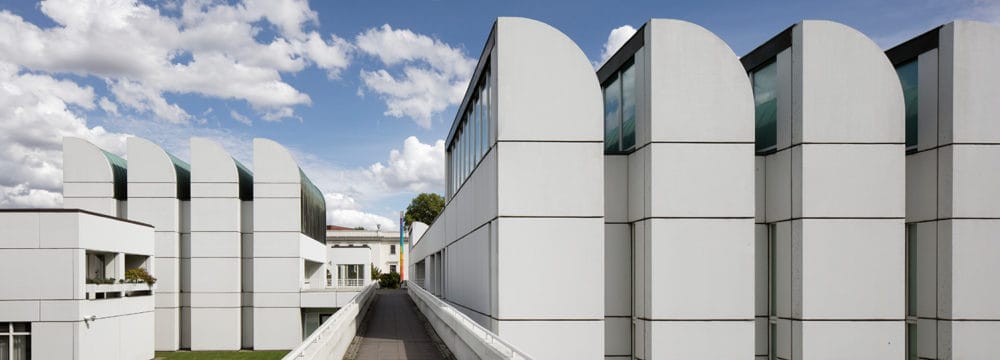
Das Bauhaus-Archiv / Museum für Gestaltung
Bauhaus is the architectural style that dominated in the Weimar era. The Das Bauhaus-Archiv / Museum für Gestaltung is the largest collection of Bauhaus art and design. The Bauhaus school of the 1920s was the most influential college of art and design in the 20th century. You can join a Bauhaus tour and learn more about the style that helped to shape Berlin in the Weimar era and today.
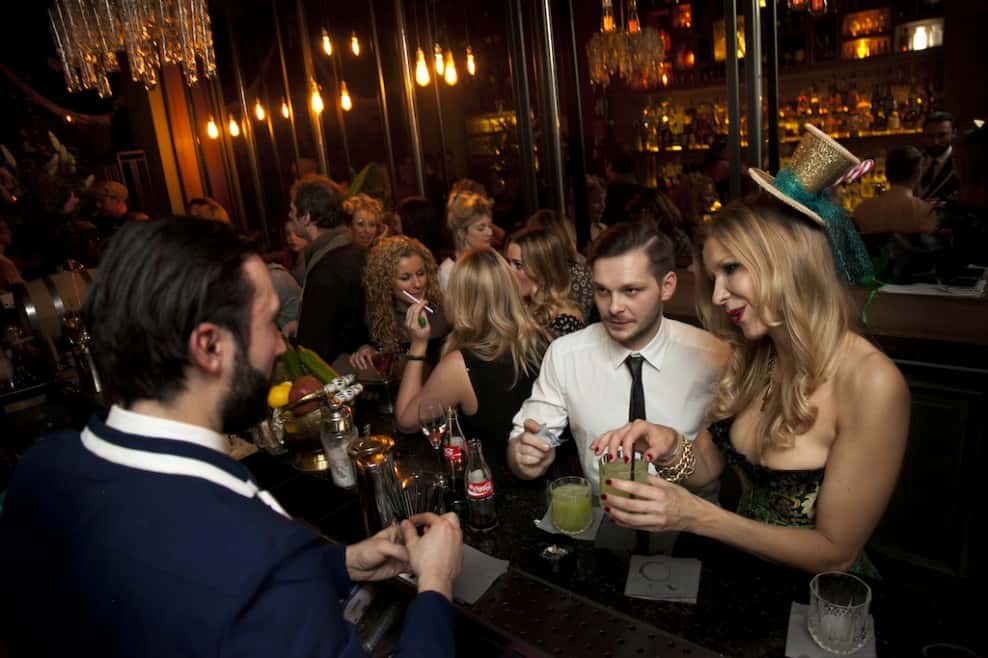
Prinzipal Kreuzberg
The Prinzipal Kreuzberg is a bar and cabaret that recreates the spirit of the Weimar era. You can see a Burlesque show in the city that invented the aesthetic. Dita Von Teese and the Dresden Dolls are contemporary tribute acts to the kinky cabaret style that emerged in Weimar Berlin. Prinzipal Kreuzberg is a little pricey but worth it for a night of Berlin Noir.
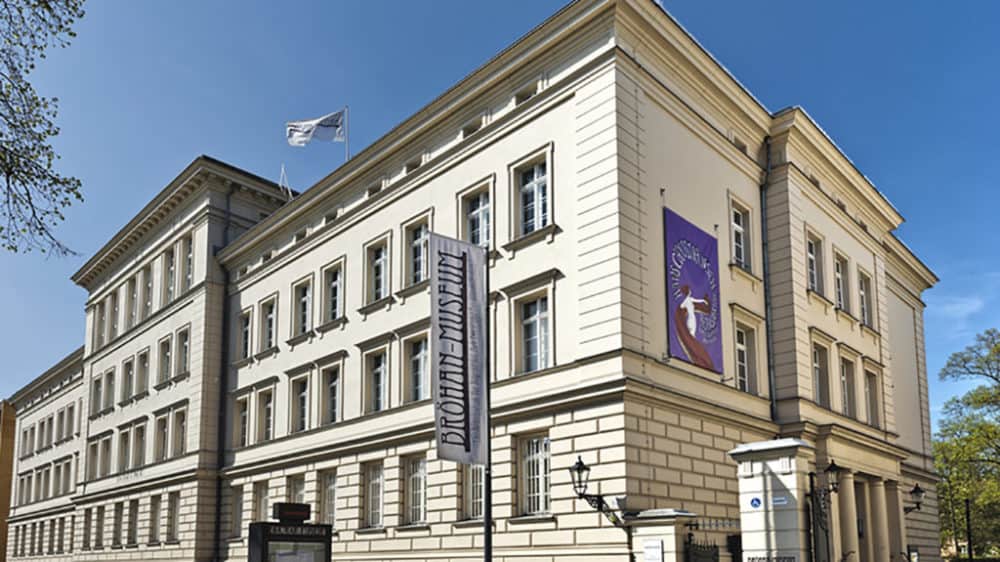
Bröhan-Museum
The Bröhan-Museum houses some of Berlin’s finest Weimar artworks. When the Nazis came to power, they banned and ritually destroyed art they considered to be deviant. Much of it was created in the deviant Weimar era. The museum has an excellent collection of Art Deco and Functionalism paintings from the 20s and 30s.
Berlinische Galerie
Arguably the most celebrated art gallery in Berlin, the Berlinische Galerie is well worth a visit. It has a vast selection of modern artworks. The 'Art in Berlin 1880-1980' exhibition covers the Weimar era.
Weimar books, music and TV
To whet your appetite before your trip, check our Christopher Isherwood’s Berlin stories. The novels and short stories he wrote about Weimar Berlin are collected in a single volume. They include Goodbye to Berlin and Mr. Norris Changes Trains. These novels offer the insights of a gay English novelist who made Berlin his home in the Weimar era. He chronicles the amazing club scene and anticipates the rise of the Nazis.
Ute Lemper is a contemporary German singer with a scholarly understanding of Weimar music and culture. She gathered the best Weimar songs on her album, Berlin Cabaret Songs. She recorded two versions of the album, one in German and one in English. Listen to her stunning voice and take a trip back in time to the cabaret bars of Weimar Berlin. Naturally, the 2017 series Babylon Berlin is the best contemporary introduction to this fascinating era in history.
Join the Travel Gay Newsletter
What's On Today
More Gay Travel News, Interviews and Features
The Best Tours In Berlin
Browse a selection of tours in Berlin from our partners with free cancellation 24 hours before your tour starts.

